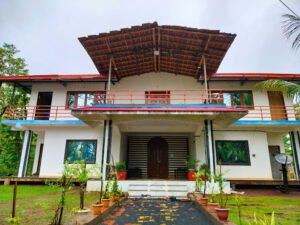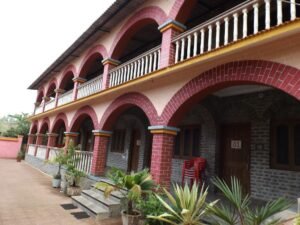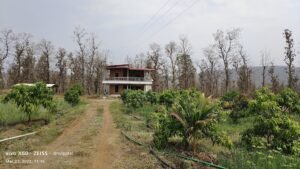When the monsoon clouds arrive between June and September in India, not every place remains safe or enjoyable to visit. Heavy rains often bring landslides, floods, slippery roads, swollen rivers, and closed trekking routes, making travel risky.
As a travel blogger who has explored the country extensively, I can tell you that knowing where not to go during the monsoon is just as important as knowing where to go. Avoiding certain destinations during this season doesn’t mean missing out—it means traveling smart and choosing the right places at the right time.
Here’s a detailed list of 14 tourist places to avoid during the monsoon in India with practical travel guidance and factual reasons.
Table of Contents
1. Cherrapunji & Mawsynram, Meghalaya
Known as two of the wettest places on Earth, Cherrapunji and Mawsynram receive record-breaking rainfall during the monsoon. While lush green valleys look appealing, the incessant rain makes traveling inconvenient.
- Why Avoid? Continuous heavy showers cause flooding, muddy trails, and reduced visibility. Caves like Mawsmai often remain waterlogged.
- Risk: Flash floods and road blockages.
- Best Time Instead: October to April, when skies are clear, and waterfalls are at their peak.
2. Kerala Backwaters
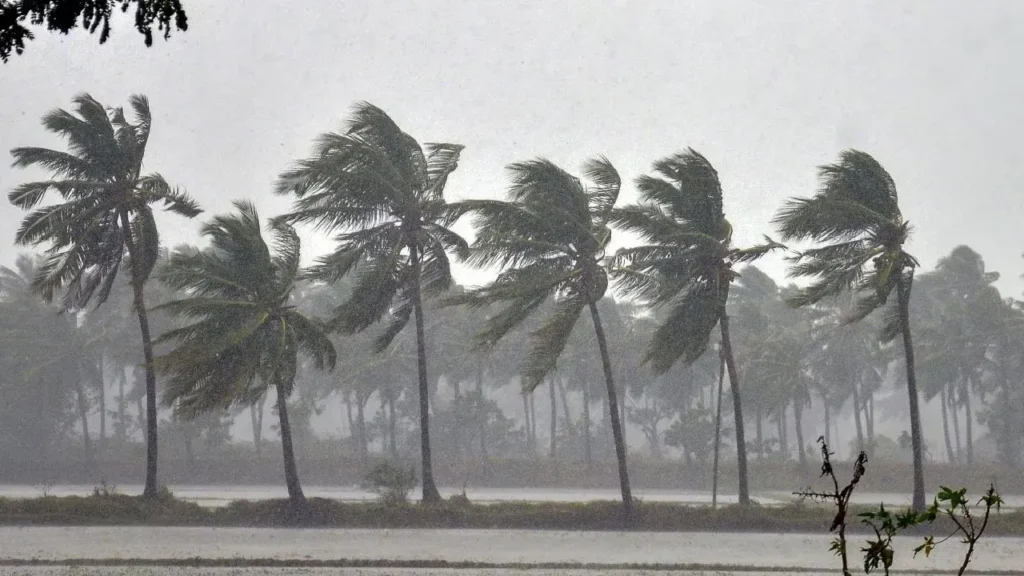
The Kerala backwaters—stretching through Alleppey, Kumarakom, and Kollam—are among India’s most romantic destinations. But in the monsoon, the charm is overshadowed by waterlogging and health risks.
- Why Avoid? Heavy rains swell the lakes and rivers, making houseboat stays risky.
- Risk: Mosquito breeding increases, raising chances of diseases like malaria and dengue.
- Best Time Instead: November to February, when the weather is cool and pleasant.
3. Coorg, Karnataka
Often called the “Scotland of India,” Coorg is famous for its coffee plantations and waterfalls. But monsoons here bring extremely heavy showers.
- Why Avoid? Roads get slippery, trekking routes close, and landslides are common.
- Risk: Dangerous road conditions in hilly areas like Madikeri.
- Best Time Instead: October to May for pleasant plantation walks and adventure sports.
4. Assam’s Kaziranga National Park
Kaziranga, a UNESCO World Heritage Site, is home to the one-horned rhinoceros. However, monsoon season makes this wildlife paradise inaccessible.
- Why Avoid? The park remains closed from May to October due to flooding.
- Risk: Swollen Brahmaputra River floods large areas, displacing wildlife.
- Best Time Instead: November to April, for open jeep safaris and wildlife spotting.
5. Andaman & Nicobar Islands
Pristine beaches and crystal-clear waters make the Andamans a paradise for divers and honeymooners. However, during the monsoon, the sea turns unpredictable.
- Why Avoid? Frequent cyclones, rough seas, and ferry cancellations disrupt travel.
- Risk: Dangerous tides make swimming and water sports unsafe.
- Best Time Instead: November to May for clear skies and calm seas.
6. Lahaul-Spiti Valley, Himachal Pradesh
This remote Himalayan desert is a favorite among adventure travelers. But monsoons are a bad time to explore it.
- Why Avoid? The valley’s connecting roads (via Manali and Kinnaur) are prone to massive landslides.
- Risk: Road blockages and rockfalls make driving life-threatening.
- Best Time Instead: June to September (before heavy rains) and October for crisp autumn skies.
7. Darjeeling, West Bengal
The “Queen of the Hills” is enchanting with its tea gardens and toy train. But during the monsoon, the city often faces nature’s fury.
- Why Avoid? Continuous downpours cause frequent landslides, blocking roads and railways.
- Risk: Travel delays and unsafe trekking trails.
- Best Time Instead: October to March, when you can enjoy Himalayan views and pleasant tea garden walks.
8. Goa’s Beaches
Goa is India’s party capital with vibrant beaches, nightlife, and water sports. But monsoons drastically change its vibe.
- Why Avoid? Most beach shacks, clubs, and water sports operators shut down.
- Risk: High tides and strong currents make beaches unsafe.
- Best Time Instead: November to February for beach parties and water activities.
9. Uttarakhand Hill Stations (Nainital, Mussoorie, Rishikesh)
The hill stations of Uttarakhand are popular for summer getaways, but they can be unsafe during monsoons.
- Why Avoid? Cloudbursts and flash floods occur frequently in hilly regions.
- Risk: Road washouts, landslides, and rising river levels (especially near Rishikesh).
- Best Time Instead: March to June or post-monsoon from October to early December.
10. Sikkim
Sikkim, with its monasteries and Himalayan views, is one of India’s most scenic states. But during monsoon, its roads and landscapes become treacherous.
- Why Avoid? Heavy rains cause landslides on the Gangtok–Nathula and Gangtok–Lachung routes.
- Risk: Road closures and disrupted connectivity.
- Best Time Instead: October to May, especially spring when rhododendrons bloom.
11. Rajasthan Desert Regions
It may seem odd to include Rajasthan, but its desert areas like Jaisalmer and Bikaner can be surprisingly unpleasant during monsoons.
- Why Avoid? Sudden rains turn desert sands into muddy stretches, disrupting camel rides.
- Risk: Heat combined with humidity makes travel uncomfortable.
- Best Time Instead: October to March, when temperatures are pleasant.
12. Mahabaleshwar & Lonavala, Maharashtra
These Western Ghats hill stations are crowd-pullers in monsoon, but they’re not always safe.
- Why Avoid? While waterfalls are at their best, landslides and poor road visibility make travel risky.
- Risk: Road accidents and slippery trekking trails.
- Best Time Instead: November to February, when strawberry farms and viewpoints shine.
13. Valley of Flowers, Uttarakhand
This UNESCO site blooms spectacularly in monsoon, but reaching it is risky.
- Why Avoid? The trek to the valley crosses rivers and landslide-prone zones.
- Risk: Sudden rains cause flash floods and block trekking routes.
- Best Time Instead: Mid-July to early August (just before peak rains) or September for a safer experience.
14. Mumbai City
Mumbai is India’s financial hub, but its monsoon season often brings chaos.
- Why Avoid? Flooded streets, waterlogging, and train service disruptions make it inconvenient.
- Risk: Travel delays, health risks, and canceled flights.
- Best Time Instead: November to February, when the city is dry and perfect for exploration.
Quick Summary Table
| Place | Why Avoid in Monsoon | Safer Travel Months |
|---|---|---|
| Cherrapunji & Mawsynram | Incessant rain, floods | Oct–Apr |
| Kerala Backwaters | Swollen rivers, mosquitoes | Nov–Feb |
| Coorg | Landslides, slippery roads | Oct–May |
| Kaziranga NP | Park closed | Nov–Apr |
| Andaman Islands | Rough seas, cyclones | Nov–May |
| Lahaul-Spiti | Landslides, blocked roads | Jun–Sep (early) / Oct |
| Darjeeling | Landslides, delays | Oct–Mar |
| Goa Beaches | Water sports shut, rough seas | Nov–Feb |
| Uttarakhand Hills | Flash floods, cloudbursts | Mar–Jun / Oct–Dec |
| Sikkim | Landslides, connectivity loss | Oct–May |
| Rajasthan Desert | Humid, uncomfortable | Oct–Mar |
| Mahabaleshwar/Lonavala | Landslides, road issues | Nov–Feb |
| Valley of Flowers | Unsafe treks, floods | Jul (early) / Sep |
| Mumbai | Flooding, traffic chaos | Nov–Feb |
Travel Guidance
- Check Weather Forecasts: Always track IMD (India Meteorological Department) alerts before planning.
- Carry Essentials: Raincoats, waterproof shoes, mosquito repellent, and power banks.
- Insurance: Consider travel insurance for cancellations due to weather disruptions.
- Alternate Destinations: During monsoon, try Rajasthan’s palaces, Ladakh, or Himachal’s dry Spiti region (before peak rains).
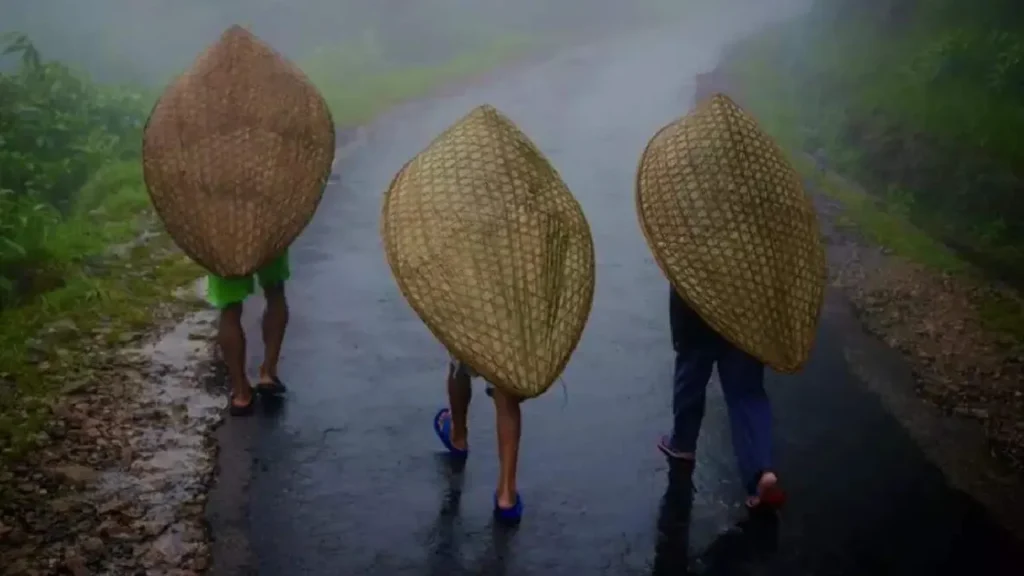
Conclusion
The monsoon brings life to India’s landscapes, but it also makes certain destinations unsafe, inaccessible, or unenjoyable. From flood-prone Kaziranga and waterlogged Mumbai to landslide-prone Himalayan roads, avoiding these 14 places during the rainy season ensures you travel wisely and safely.
Instead, focus on destinations better suited to the monsoon or plan your trip for post-monsoon months. Responsible travel isn’t just about seeking beauty – it’s about understanding the rhythm of nature and respecting it.
Travel safe, plan smart, and let the rains remind you that some places are best enjoyed another season.

